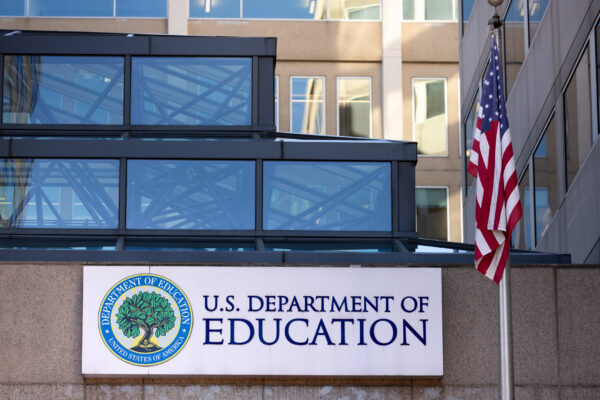In today’s Roll Call, The Winston Group’s David Winston writes about NAEP’s critical function in ensuring our education system is on track — and letting us know when it is not.
There are reasonable arguments to be made about the size of the federal government and whether certain crucial programs the Department of Education administers would be better housed at another agency. But whatever the ultimate fate of the Department of Education, we must preserve NAEP, the data and assessment arm, which is widely regarded as the gold standard of educational testing. Although individual state testing
has its merits and applicability, NAEP’s objective, rigorous, nonpartisan methodology is critical to ensuring the nation’s education system is on track and doing what it needs to do.And what the recent NAEP data show is an education system that is failing too many students at an alarming scale. Layer on the learning loss sustained during the pandemic and the problem grows exponentially. Based on data from the 2024 test, 40 percent of our nation’s fourth graders are considered “below basic” in reading. Almost the same share (39 percent) of eighth graders are “below basic” in math.
Data from international testing also show our education system is not producing the student outcomes it should. “American students’ math skills slide down world rankings,” announced the Wall Street Journal after the release of data from the latest Trends in International Mathematics and Science Study (TIMSS) at the end of 2024. Like NAEP, TIMSS assesses fourth and eighth graders. In eighth grade math, the U.S. ranked 24th.
A year earlier, when the latest Program for International Student Assessment (PISA) results were released, Axios summed it up in a headline: “U.S. students’ math scores plunge in global education assessment.” In that test, which looks at the academic performance of 15-year-olds, the U.S. ranked 34th in math.
At 39 percent “below basic” in math and 34th internationally, we are clearly not producing the kind of top-flight students we need to innovate in the future. Ultimately, this means that we are becoming home to the world’s “C” students. Our K-12 system is allowing the country to fall behind our allies and our adversaries and needs a command focus on student outcomes.
Read the full piece here.







